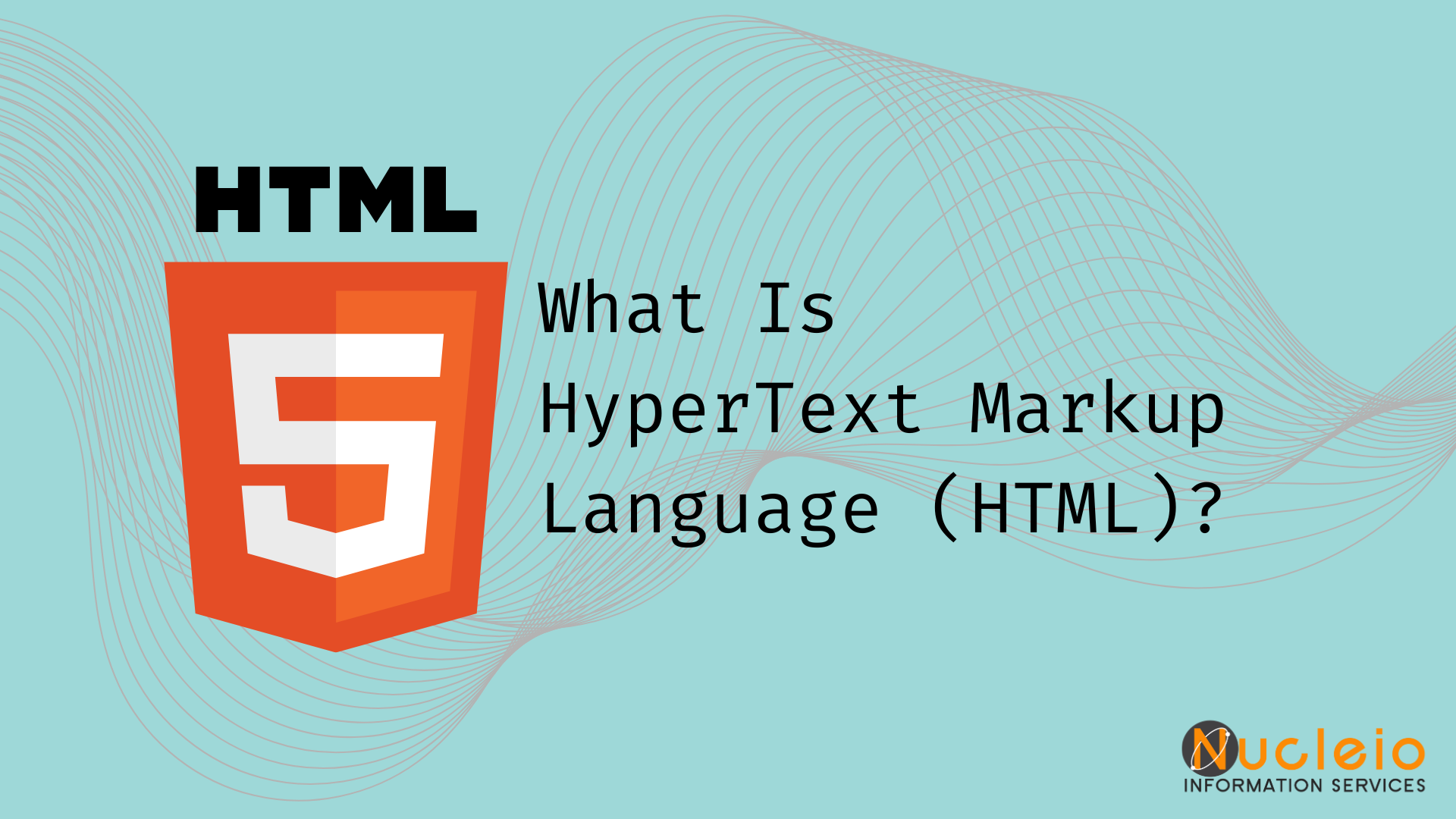HyperText Markup Language (HTML) is the set of markup symbols or codes inserted into a file intended for display on the Internet. The markup tells web browsers how to display a web page’s words and images.
Although many also refer to it as a tag, each individual piece of markup code (which would go between the “<” and “>” characters) is called an element. Certain elements come in pairs that show the start and stop times of display effects.
KEY TAKEAWAYS
- HyperText Markup Language (HTML) is the basic scripting language used by web browsers to render pages on the World Wide Web.
- HyperText allows a user to click a link and be redirected to a new page referenced by that link.
Understanding HTML
HyperText Markup Language is the computer language that facilitates website creation. The language has code words and syntax just like any other language. It is relatively easy to comprehend and, as time goes on, increasingly powerful in what it allows someone to create.

HyperText is the method by which Internet users navigate the web. By clicking on special text called hyperlinks, users are brought to new pages. HTML tags designate the text that appears within them as markup, designating it as a particular kind of text. Markup text can be used to emphasize a word or phrase as boldface or italicized text.
In summary, HTML is essential for creating web pages and applications, allowing us to organize text, link to different kinds of content, and create visually engaging and interactive experiences on the internet. It serves as the skeleton that supports web content, making it accessible and functional to users worldwide.

